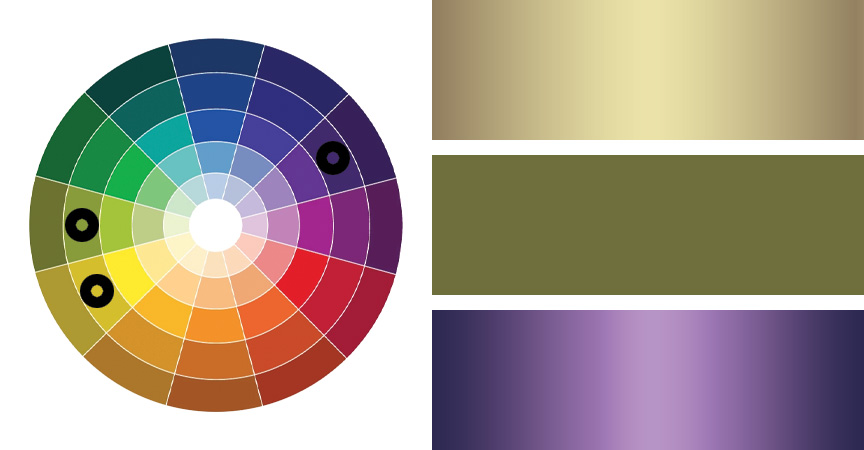One of our wonderful clients recently requested that we create some graphics for their website and for upcoming talks and wanted to try a new color that was not in their current branding scheme.
And that’s ok, providing it’s the right color.
While the new color idea would best represent the messaging in the graphic, the concern was that it could mess up the branding and look out of place.
The general rule is that you create a brand style guide and stick to it in an effort to establish strong brand recognition and avoid creating a visual bowl of Fruit Loops.
However, you can move beyond just using shades, hues, or tints of the existing brand colors to help draw the viewer’s eye while still staying cohesive, if it’s done sparingly.
The key is to use colors that will “complement” each other.
A color wheel is a nice tool to use in these types of situations since it visually represents colors and their relationships to each other in a geometric way. This allows you to quickly see what colors will work well together.
In the technical sense, complementary colors sit opposite of each other on the color wheel and provide the most contrast. They work well as long as the colors are not too harsh and are best for when you want to call attention to a highlight or detail.
For example, adding purple to a palette with gold and olive brand colors worked very well.
And when in doubt, ask a professional.
Marketing is about building relationships – yes, with clients, but it’s also about healthy, supportive relationships with the marketing professionals and designers who helped you build your brand. Great support teams love the creative process and can guide you on how to maintain your brand and help you find life-long solutions.

